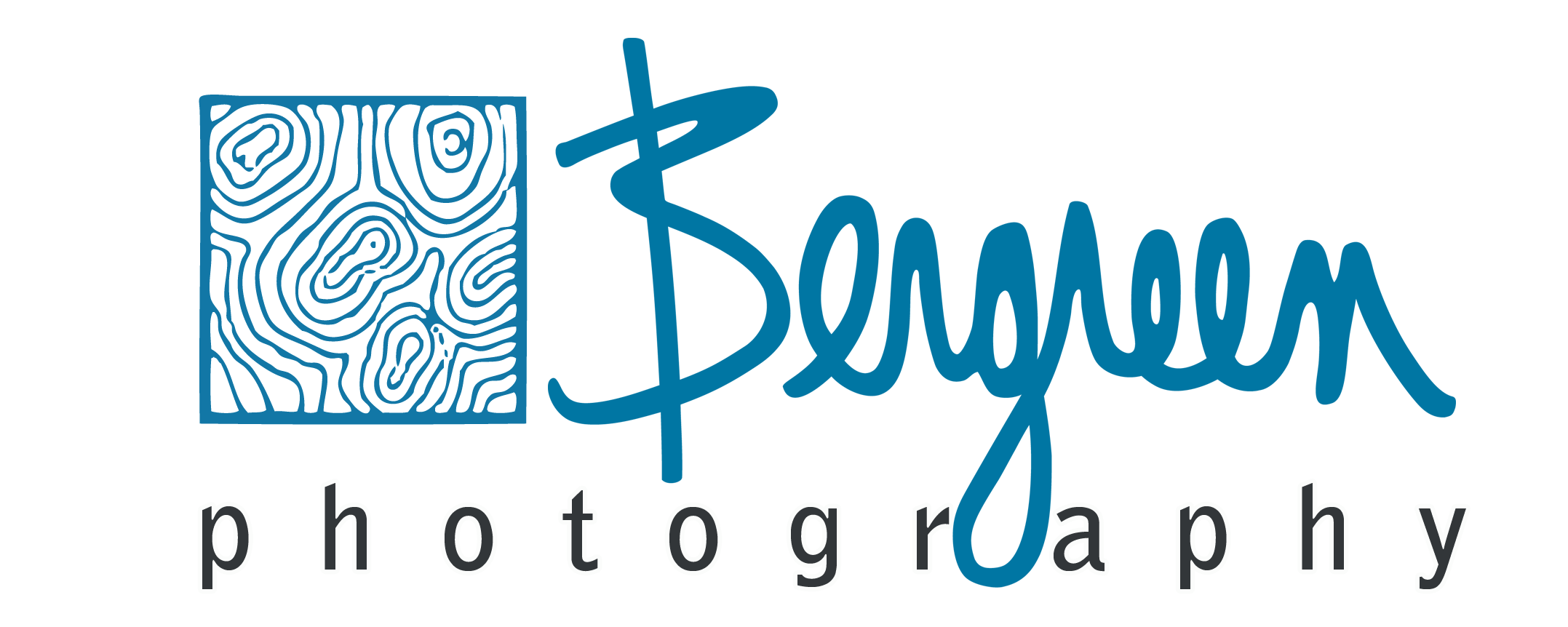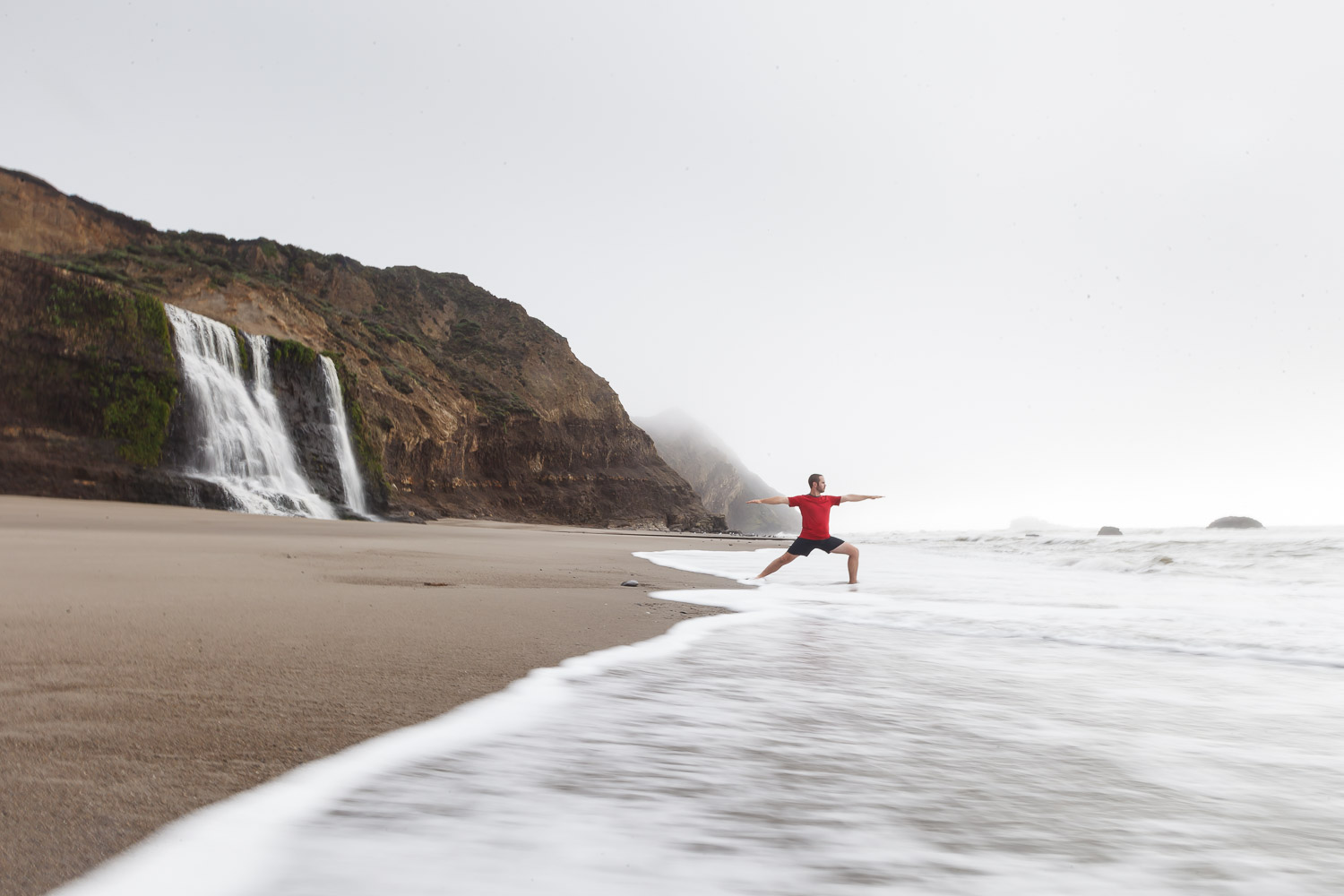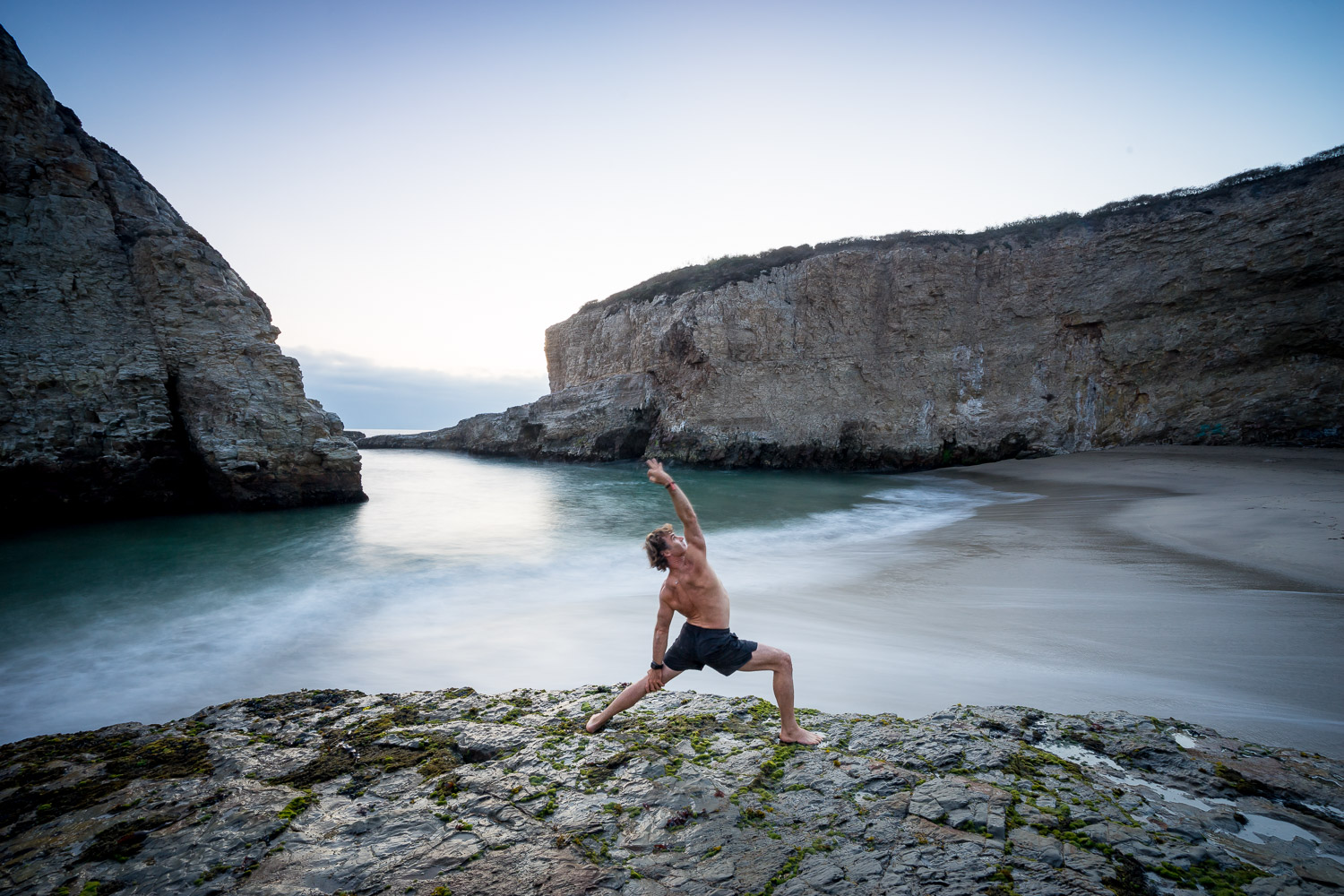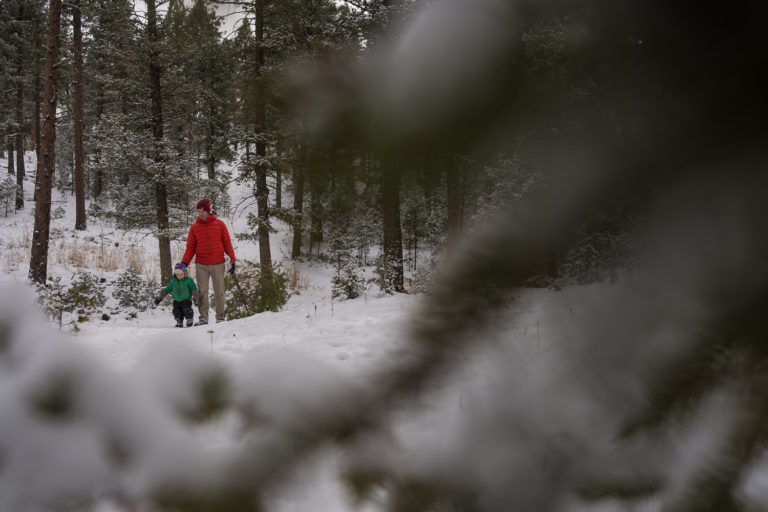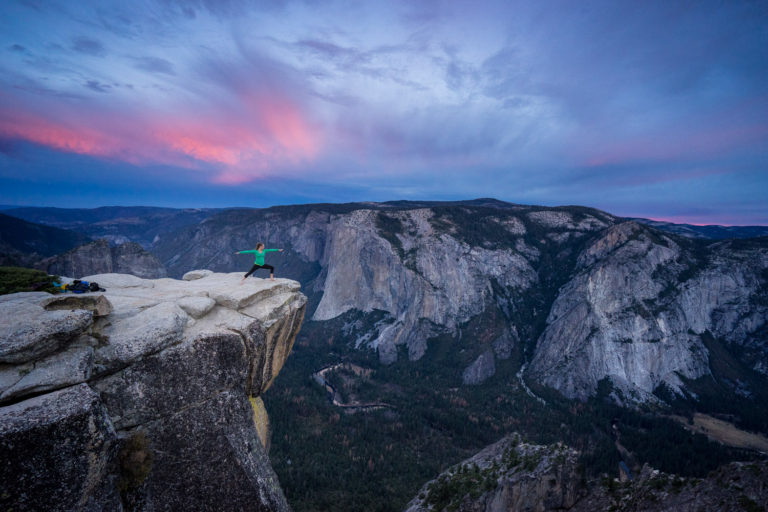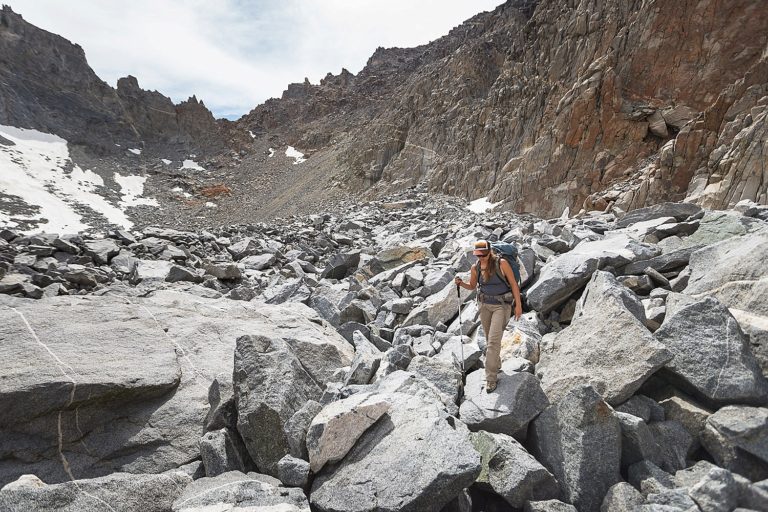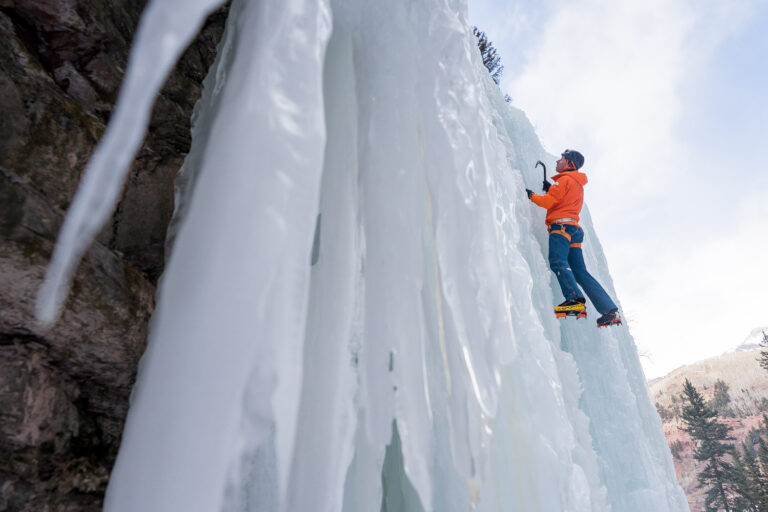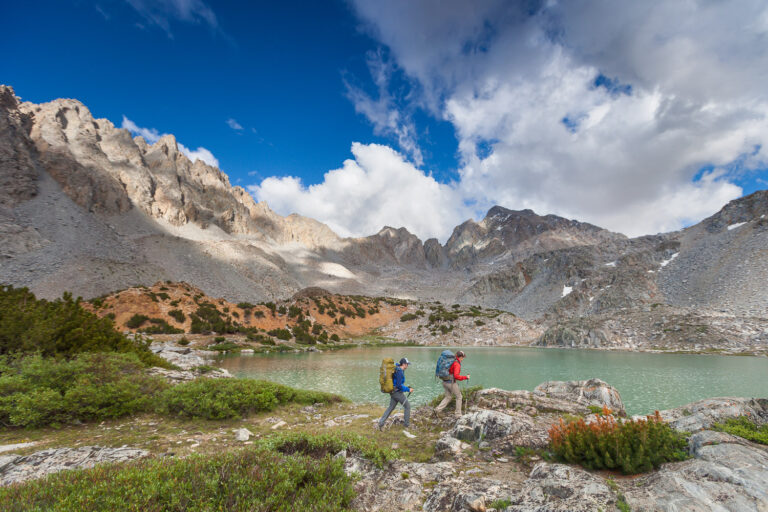Yoga for Creativity (Finding Flow and Inspiration)
In this yoga for creativity guide we examine the benefits of meditation, movement, mindfulness, gratitude, and other concepts and practices. Around the same time I quit my stable and steady traditional job to become a creative, I also became a yoga teacher. The two have worked hand and hand to help me find my way along this crazy adventure of life.
In the western yoga world you can find a yoga for just about anything, it’s pretty cool actually. Yoga for back pain, yoga for depression, and yoga for end of life. For many, it’s applying yoga to the area of your life that caused you to come to yoga in the first place.
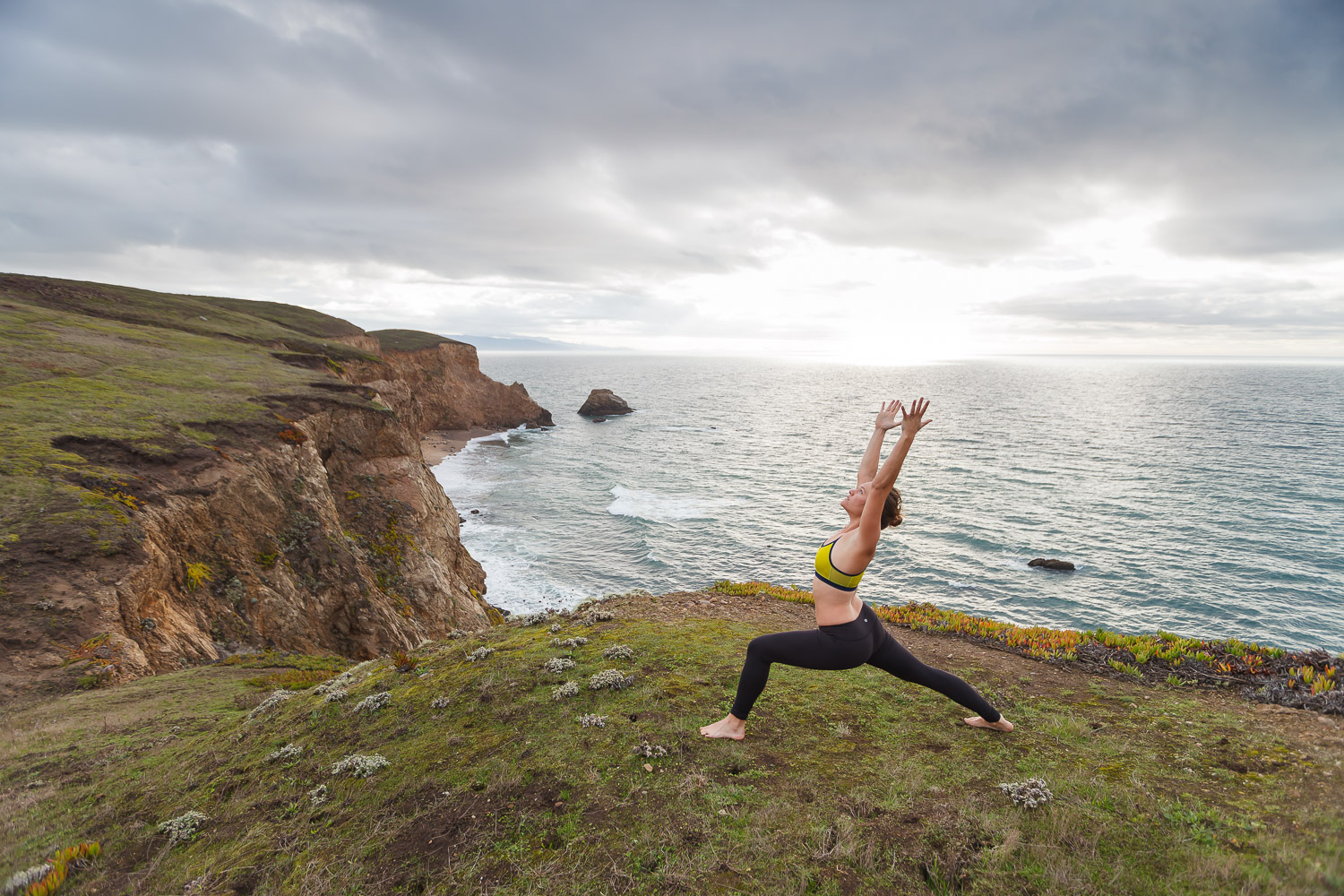
discovering yoga for creativity
The progression of yoga is similar to that of anything else. Often why we come leads us down a gentle path to where we need to be. Many people come to yoga for exercise, they want to get in shape or their doctor told them it would be good for the back pain.
They stay for how yoga makes them feel. They realize that they like the space and flexibility that it creates, first in their body and then in their mind. Eventually, we are able to find ourselves.
This led me to yoga for creativity. The more in dove into yoga the more access I had to my creativity and the more I wanted to develop it.
Why do you want to be more creative?
Maybe you want freedom or success or you think expressing yourself will be healthy. Whatever the reason is, you’ll probably stay for how it makes you feel. When you tap into flow, when you let what’s inside pour out, you’ll realize you like the freedom it creates.
Then, eventually you’ll find yourself.
Yoga is going to help us feel inspired and creative. If the body is free from pain, discomfort, and distractions then we are able to find openness and flow. Beyond the physical practice, we can use the breath to calm the mind and balance our energy.
And then through yoga philosophies such as mindfulness, gratitude, and meditation we can influence our thoughts, rewire our brains, get out of our head, practice non-attachment, understand ourselves, and tap into flow.
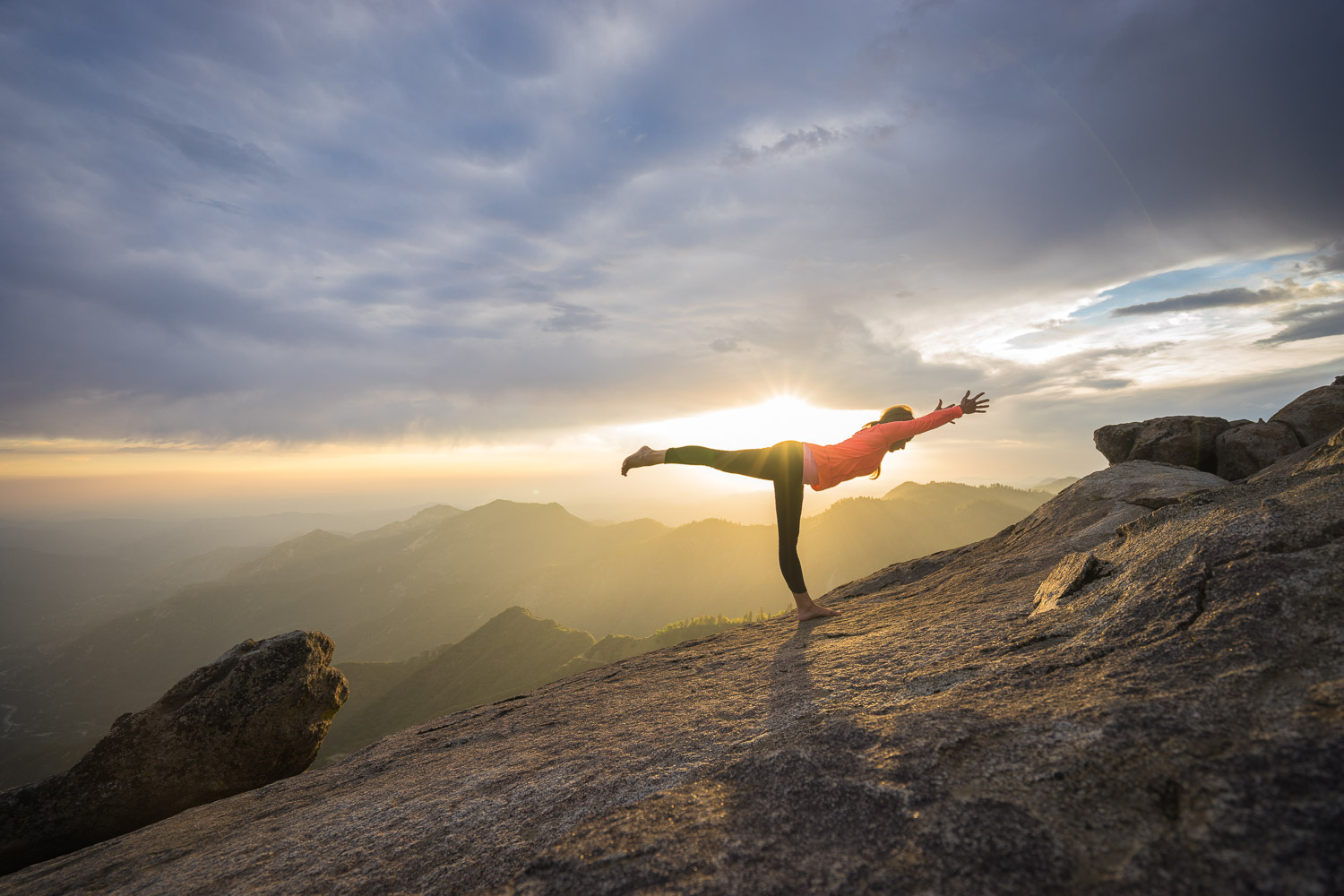
the paths of yoga
In order for this path of yoga for creativity to work, we must believe in nature’s ability to create. That creativity is learnable and grows with practice. And that more creativity equals more beauty.
Yoga is intended to be a lifestyle. Different yoga gurus over the years have combined things in different ways.
If you look at Raja Yoga, the path of Practice, there are eight limbs that are as follows: Yama (restraints) Niyama (observances) Asana (postures) Pranayama (breath) Pratyahara (withdrawal of senses) Dharana (concentration) Dhyana (meditation) Samadhi (merging with the divine).
If you look at Kriya Yoga, the yoga of action, the yoga sutra explains a process of hard work, self study, and surrender. Tapah svadhyaya ishvara-pranidhana kriya-yogah – Sutra 2.1 (Kriya Yoga) It’s a process of discovery, realization, and creation.
You do the work, put forth effort and apply yourself. Then you notice and study your experiences, learn, gain awareness, cultivate understanding, and increase your knowledge. Finally, you surrender and accept, you let go, you practice non-attachment.
Both of these paths give a process for encountering and transcending the thoughts of the mind. They both talk of the balance of practice and detachment. Abhyasavairagyabhyam tannirodhah – Yoga Sutra 1.12 The mind can reach the state of Yoga through practice (abhyasa) and detachment (vairagya).
The last yoga path I will mention here is Karma yoga, the path of service or the path of action. I love to think of creativity as a service, who am I using my creative gifts to serve?
Whichever path resonates with you is great. There are a lot of paths on the way up the mountain and it’s key that you find your own.
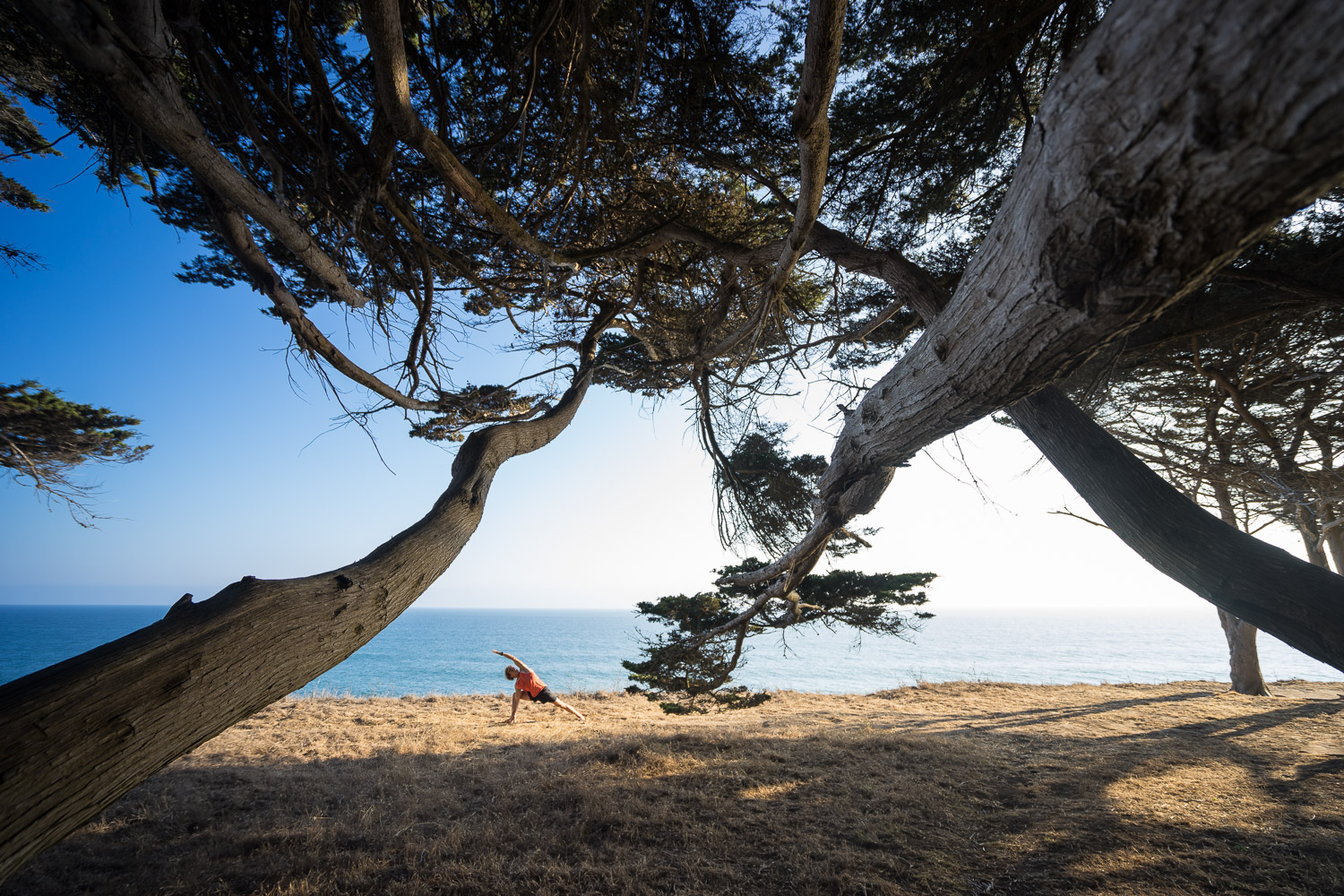
finding flow and opening to creativity
Like facing the enemies of fear and failure, like climbing a mountain, it’s not going to be easy. We talk about finding flow, and flow is this natural pure and simple thing. But it doesn’t come easy.
We have to practice, climb, do the work and we have to let go. If I take what I have learned of the various paths of yoga and apply it to our creativity, this is what I come up with. Essentially the process is to take care of ourselves (purity), love ourselves (santosha), serve and act by putting in the effort (tapah) and self-study(svadyaya), then eventually surrender (ishvara pranidhana.)
Work hard and let go of the results.
It’s circular: Taking care of ourselves will help us be more creative.
Studies have shown that engaging in creative exercises also promotes well-being. Benefits of creativity include having a flexible mind, problem solving skills, mastery, and knowing there are benefits of adversity. We have to be willing to be our best self before doing what we’re capable of!
So you thought you wanted to practice yoga to get more fit or more flexible but then you learned to love yourself. It’s the same with creativity. You thought you wanted to be more creative so that you can find success or your path in life but then you learned to love yourself and serve others.
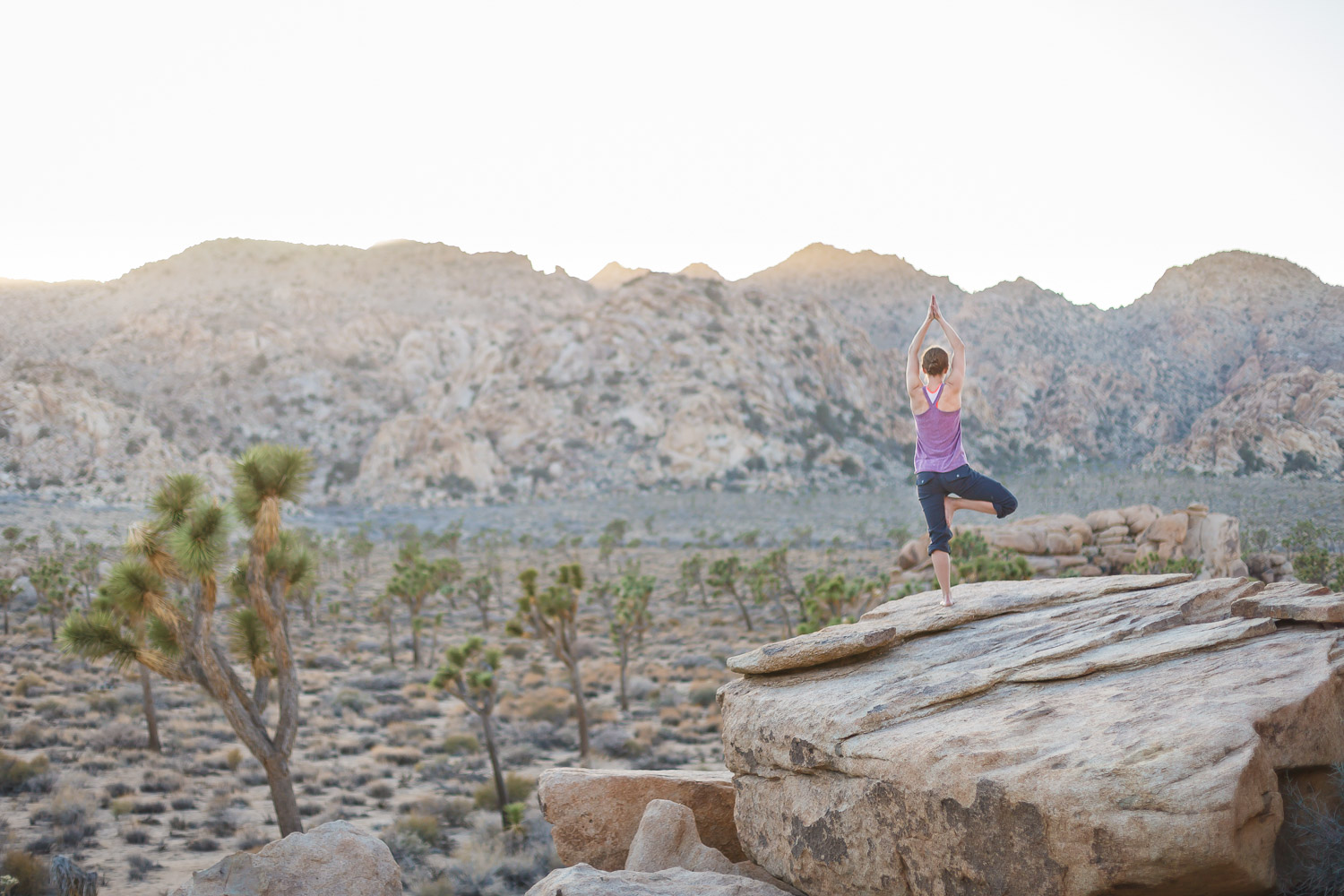
getting started
First, know that wherever you are on your creative path is exactly where you’re supposed to be. Yoga is a practice and a path, it’s not something we achieve. Similarly, creativity is a practice and a path.
It is something we are. I am creative. But also something we must do, practicing creativity.
Let’s look at the first of the yoga sutras, from the Yoga Sutras of Patanjali.
- Atha yoga anushasanam (Now, the teachings of yoga.) – Sutra 1.1
- Yogas citta vrtti nirodhah (The restraint of the modifications of the mind-stuff is Yoga.) – Sutra 1.2
- Tada drastuh svarupe vasthanam (Then the Seer abides in his own nature.) – Sutra 1.3
Yoga is translates as “union.” You can think of it as union with divine consciousness, union with environment, union with your True Nature. When we apply yoga to our creativity, this union is very important.
If we see ourselves as co-creators with the universe then creativity becomes more than a leisure activity. It becomes a service, a responsibility, a way to use our gifts to create a better and more beautiful world.
“Creativity is not frivolous but vitally important.”
So in controlling or becoming aware of our mind and emotions we can see ourselves clearly. We can reconnect to the stillness underneath the waves and beyond the monkey mind.
Eventually, we reconnect to our connection to nature, the divine, creativity, flow, ideas, ourself as a child, and everyone around us. Connecting to the part of ourselves that is perfect and whole.
Then, we recognize that we aren’t trying to get rid of monkey mind or deny existence of emotion, the things that make us human. Rather, we are trying to know and understand ourselves so that we can both see past and beneath it all and use the challenges to grow. We can use it all to create something new and beautiful.
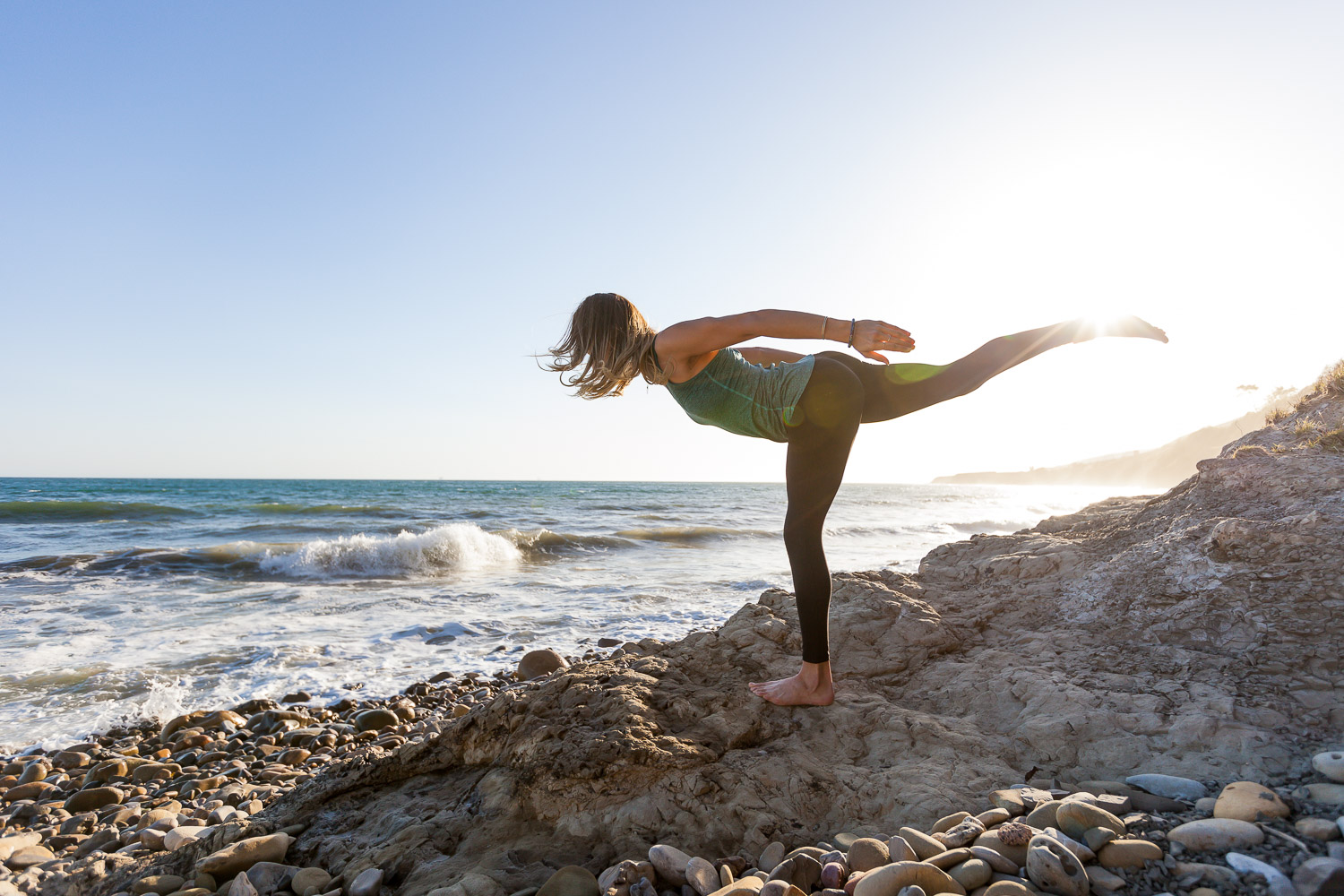
how to use yoga for creativity
Here are some goals that yoga can help us achieve. These goals can help us feel inspired and creative:
- Movement: Body free from pain, discomfort, and distraction. Find openness and flow.
- Breath: Use breath practices to calm the body and the mind and balance energy.
- Use mindfulness, gratitude, affirmations and meditation to influence the thoughts, rewire the brain, get out of our head, practice non-attachment, understand ourselves, tap into FLOW
What we must believe in:
- Nature’s ability to create.
- Creativity is learnable and grows with practice.
- More creativity equals more beauty.
“Yoga does not just change the way we see things, it transforms the person who sees.”
– BKS Iyengar
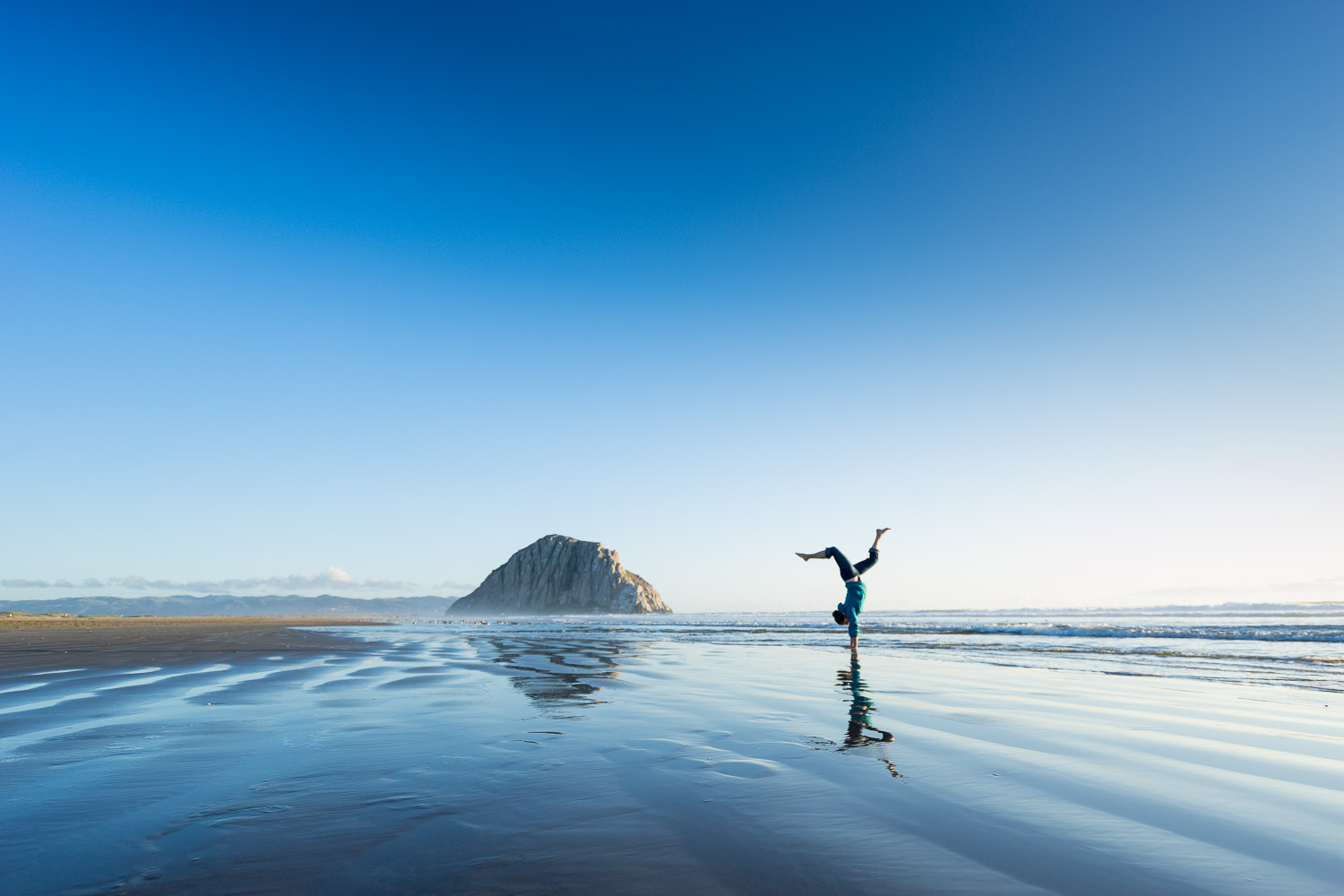
yoga for creativity practices and actions
“What you practice is what you have.” -Cheri Huber
“Where your thoughts go energy flows.”
“Do your practice and all is coming.” – Sri K Patthabi Jois
examples of practices:
yamas, niyamas, asana, pranayama, meditation, gratitude, affirmations, visualization, reading, writing/journaling, prayer, reflections, exercise, letting go of limiting beliefs, mindset practice, breaking/interrupting bad habits, simplification & minimalism
simple is best:
Simplify so we can flow.
There are countless practices associated with yoga. If I ask you to do all of the things in the list above, you would be overwhelmed and likely do nothing. Choose something that calls to you and integrate it into your life.
1. yamas and niyamas
The yamas and niyamas are principles of yoga, think of them as behaviors. They are the first two limbs of the eight-limbed path.
Yamas: Ahimsa (non-violence) satya (truthfulness) asteya (non-stealing) brahmacharya (moderation) aparigraha (non-grasping)
Niyamas: Saucha (purity) santosha (contentment) tapah (effort) svadyaya (self-study) ishvara pranidhana (surrender)
Our professional success or creative success won’t surpass our personal success. Thus, it’s about being a better person first. It’s about practicing self-care and learning self-love.
Take care of yourself before you can take care of others. Make yourself more beautiful, then make the world more beautiful. Be the change you wish to see and all of that.
You hypocrite! First, remove the beam out of your own eye, and then you can see clearly to remove the speck out of your brother’s eye. -Matthew 7.5
2. meditation
“When I am silent, I have thunder hidden inside.” – Rumi.
Meditation and reflection have been shown to increase frontal cortex activity (linked to focus, calm and concentration) and even enlarge that part of the brain. A 2014 study conducted at Leiden University found that mindful-meditation led to an increase in innovative thinking and the generation of new ideas.
If through meditation you can find peace and stillness, your mind will have the freedom to seek inspirations and solutions to problems. Find stillness and silence, it will lead to new ideas.
3. rituals
“Be regular and orderly in your life, so that you may be violent and original in your work.” – Gustav Flaubert
Make creativity a habit. Create rituals around being creative. Get rid of distractions, tune into your muse/inspiration (books, music, etc…), and practice being creative to be creative.
Creativity is a learned behavior. You have to sit down an do it, don’t just wait for inspiration to strike.
Think about your daily rituals and what you allow into your mind and heart (food, sounds, social media.) Does it help or hurt your creativity in the long run?
Can you start everyday with the most important things and practices? It will increase your motivation and passion if you first start with a creative practice. Your e-mail and to-do list will still be there ready for you when you’re done.
4. affirmations
Beyond rituals and silence, we have to find ways to battle our limiting beliefs and negative thoughts. Affirmations help us rewire our brain, let go of limiting beliefs, and change our mindset.
In my Yoga and Creativity workshops, we always work through the process of building affirmations for creativity. These creativity affirmations and creativity journal prompts were developed from that process.
When it comes to building creativity affirmations, it helps to think through what we’re searching for.
“What is creativity?”
Creativity is inventing, experimenting, growing, taking risks, breaking rules, making mistakes, and having fun. Creativity is FLOW. And it is connecting to happiness and joy and something greater.
“Creativity is subtraction … it isn’t just the things we chose to leave in, it’s the things we chose to leave out” – Austin Kleon
Next, we think through what limits our creativity?
Mindset, pressure, emotions (grief, rage, old stories), mental blocks, feeling stuck, too much thinking, not knowing/discovering/understanding yourself, rigid thoughts or ideas, boundaries issues, and relationship issues.
Get specific about your challenges to being or maybe even believing that you are creative. Then create an affirmation. If your challenge is getting distracted, your affirmation might be “I am focused and determined.”
Repeat it until you believe in and act upon it.
5. detachment and surrender
“Fear is the biggest obstacle in our creative lives, and it often causes us to react in ways that sabotage the best potential outcome.” – David DeChumin
“The enemy is a very good teacher” – Dalai Lama
“Work hard and let go of the results.”
We have to do the work and take the next step on our creative journey. But sometimes the action is easy if we could only get past our mindset. This is when we need to practice things like non-attachment, letting go, accepting our pain, bypassing the judge, and letting go of the ego.
When we hold on too tight or get caught up in fear, resistance wins. Detach creativity from yourself and your ego. Release your expectations and need for results. Let our motivation be something other than fame or success or money.
I know that it’s hard especially if creativity is part of your professional life. Even so, if we can release our need for reward, recognition, or praise and practice creativity for creativity’s sake it will produce more original work.
If there’s a lot of pressure from external forces like a client or need to make money, it’s even more important to rely on the other practices. Lean on your rituals and connect to the space you’ve created in meditation. Set up you environment in a way that inspires creativity and then just create.
Fear is good, it’s usually a sign we should take a risk. We just can’t let fear keep us from success. We can’t let it stop us.
Stop resisting, let weather flow, be open to what is. Pleasure and pain are both natural. Resisting causes suffering.
Can we instead realize we are a part of creative energy? Can we lean into discomfort knowing that chaos often leads to creativity? Or can we sit with uncertainty that it will lead us to a new solution?
6. gratitude
Challenges and suffering and anger can lead to some amazing creativity. Sometimes it’s our frustrations that motivate us to create something new and act. However, if we don’t use our frustrations productively we can get stuck there.
Therefore we have to practice gratitude instead of fear. We have to utilize our emotions and let go of fear, doubt, self-judgement. Don’t let them cripple your creativity.
Gratitude helps us take risks, be unafraid of failure, play like a child, and process our emotions. Gratitude helps us play and laugh while doing the work that needs to be done.
Additionally, gratitude helps us control what we can. Then we can move towards problem solving instead of victimizing. What can we control? Gratitude helps us let go of the habit of worry, especially of the things we cannot control.
Instead we cultivate gratitude. There is so much to be grateful for and it is in loving ourselves and our world that we will have the proper motivation to create things to make it better.
To counteract destructive attitudes, one should cultivate thoughts of the opposite kind. -Yoga Sutra 2:33
One of my favorite analogies is the finger trap toy how you try to pull your fingers apart and it only gets tighter. This teaches us that we won’t get unstuck without trying something different. It’s not about denying negative thoughts but about seeing the potential for them to be different and seeing them as already a part of us that we just need to tap into.
7. pranayama and asana – breathing and movement
Take a deep breath to break a pattern of stress and expectation. Take a deep breath to calm down. Just breath.
Yogic breathing, or pranyama, along with meditation and mindfulness are shown to increase the Alpha brain waves helping to bring about calm and clarity. They can help reduce stress and depression while leading to more creativity. Alpha brain states allow for ideas and inspiration, you can think of it like the athlete being in the zone.
One of my favorite breath practices is alternate nostril breathing. Try it and see how it makes you feel. The left nostril breathing is said to be lunar focused and calming versus the right nostril is said to be energizing. It seems like a great balance to me.
Yoga asana, or movement, combines the benefits of exercise and breath. We all know how much better we feel when we move our bodies and the positive impact it can have on our mood. Yoga for creativity involves putting our brain into this Alpha brain wave state of clarity, freedom, and readiness.
Using breath and movement can help us calm down, be present, and create space for ideas and creativity to emerge
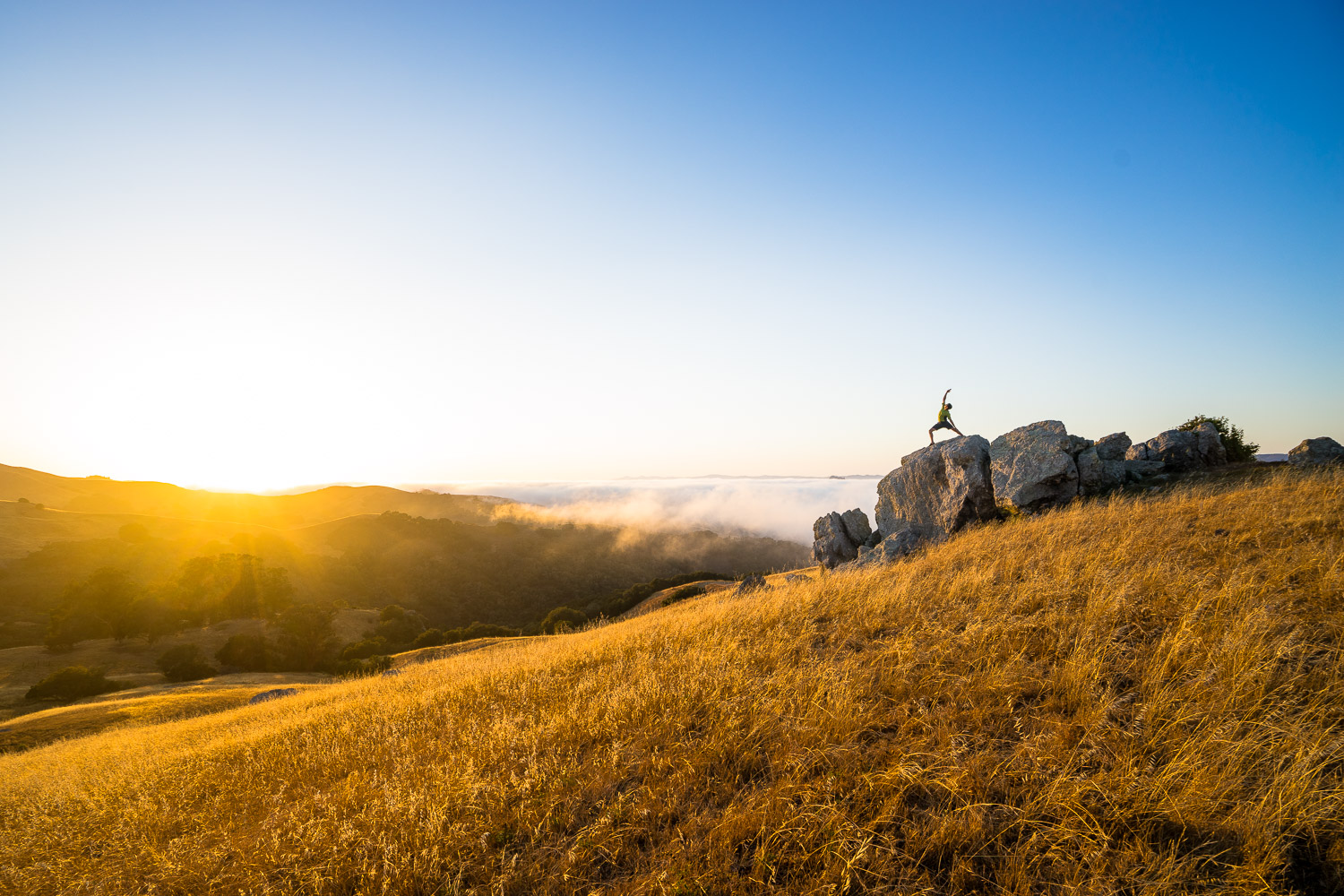
love – the beginning and the end to yoga for creativity
“You can’t use up creativity. The more you use, the more you have.” – Maya Angelou
So HOW? How can we use yoga for creativity practice taking care of ourselves, loving ourselves? How can we understand ourselves better, and let go of results?
Finally, how can we have the self-love to believe in our unlimited creative potential? First, it’s a practice in self-acceptance not self-improvement. Love yourself to have the confidence to know that you are uniquely creative.
One way to cultivate love is through community, support, and surrounding yourself with inspirational people. Think inspiration instead of comparison and creativity not competition.
other resources
I hope you enjoyed this guide on yoga for creativity. I can’t wait to put on another retreat, don’t hesitate to reach out and let me know if you’re interested. These creativity affirmations, creativity journal prompts and this meditation for creativity all work great with this blog post.
Books I love that inspired some of my thinking on yoga for creativity:
- The War of Art – Steve Pressfield
- Creative Calling – Chase Jarvis
- Show Your Work – Austin Kleon
- Big Magic – Elizabeth Gilbert
- The Artists Way – Tarcher Perigee
Or view more on our recommended reading list.
Thanks for stopping by! Be sure to join our newsletter below to keep up with fresh content, let us know what you want to hear, and get our free Build Your Life e-guide or the free reclaim creativity guidebook.
Recent Building a Life posts you might enjoy:
- Keeping New Years Resolutions
- 2020 Creativity Summary
- Do you call yourself an artist?
- Why Creativity is important
- Another word for creativity (and why there’s not a better one)
- Creative Mindset Discovery and Growth
- Creativity Test | Either you’re creative or…
- Searching for Equanimity | Creative Business Owner and Mom Seeks Calm Mind
We are Marc and Brenda Bergreen, a husband and wife photography team specializing in outdoor weddings and other adventures.
We don’t link to a lot of things but when there are books or gear we love we’ll share it and links to Amazon are affiliate links.
Finally, don’t hesitate to contact us and let us know how we can help! Be sure to follow us (weddings instagram & adventures instagram) and/or like us (facebook) to stay tuned.
In the meantime, remember to…

